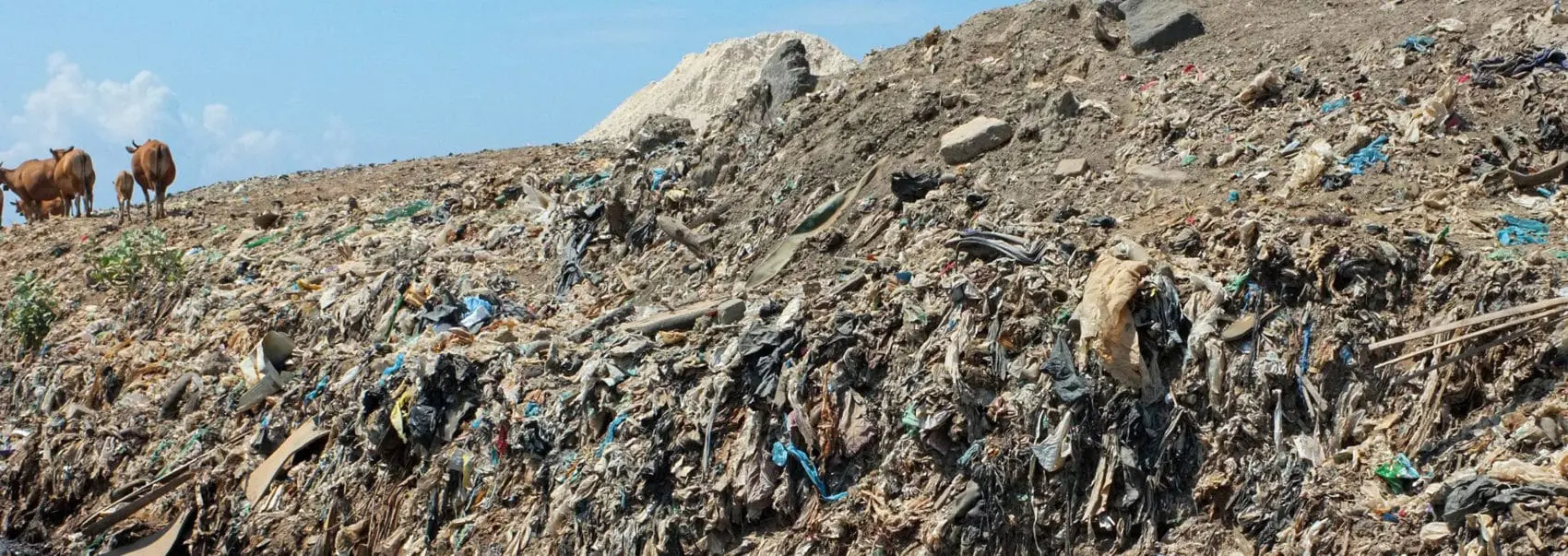This story features in Unearthed: Water Security
The Situation
‘Contaminants of Emerging Concern’ are generally those introduced into water sources from industrial waste, agricultural runoff and personal care (eg. cosmetics and medicines). They are important because the risk they pose to human health is not yet fully understood.
Industrial pollution, landfill waste disposal, fertilisers and pesticides, and wastewater runoff have all been major contributors.
Non-aqueous organic solvents like trichloroethylene (TCE) – commonly produced in petrochemical industries such as automotive, textile, and fumigation – are dense, so subsurface environments absorb them more readily. They can percolate quickly through soil and bodies of water and pollute large areas faster than other pollutants like gasoline or diesel fuel.
Up to 90% of orally administered drugs can also pass through the human body and end up in the water supply.
Around 2 billion people across the globe rely on water supplied from underground aquifers as their main source of freshwater. Some 40% of Americans depend on groundwater. California has lately increased its uptake to 60% of its water supply as its rivers and above ground reservoirs dry up.
However, in the US, water has not been properly monitored according to the Safe Drinking Water Act of 1974 and other regulatory measurements in around 25% of U.S. cities.
Some estimates put more than half of US stream and river miles in violation of water quality standards. When it is monitored, researchers find that hazardous contaminants such as lead, arsenic and cyanide have continued to pollute drinking water for 14 million Americans in the United States alone.
Once polluted, an aquifer may be unusable for decades, or even thousands of years. Groundwater can also spread contamination far from the original polluting source as it seeps into streams, lakes, and oceans.
The Impact
The impact can be devastating. TCE contaminated water has been linked to kidney and liver damage as well as leukemia1.
Detroit schools are plagued by heavy metals in their water, especially lead and copper, and both have been linked to reduced cognition and a host of other medical conditions.
The problem doesn’t just exist in the United States; it is ubiquitous. In Lanzhou, China, a plant using benzene (a carcinogen) in its processes suffered a series of explosions from 1987 to 2002, resulting in groundwater contamination more than 20 times the “legally safe” limit. The toxicity was first detected in 2014. It is estimated that more than 30 tonnes of benzene has been absorbed into the groundwater from the explosions.
In India, the Yamuna River has been a dumping ground for sewage, chemicals, and other waste for decades. It is considered the most contaminated river on Earth, although it is the source of 70% of Dehli’s drinking water.
Mining operations in western Ghana, West Africa, caused cyanide contamination after an incorrectly installed wastewater dam failed. Starting in October 2001, the leak continued and endangered and killed fish and humans.
Contaminated subsurface environments can be difficult to treat or clean up, and the costs can spiral into millions of dollars.
The Geology
Lorraine Godwin, Global Business Director explores the geology. “These problems can be compounded when the geology and hydrogeology are complex.
An example would be areas such as unconsolidated sediments interfingered with volcanics and underlain by sedimentary rocks and a Precambrian basement of gneisses and schists.
Faced with such challenging scenarios, a modern approach to finding the aquifers and tracking the contamination is needed.”
What could be done
One district in Nebraska is using 3D models generated from geophysical airborne electromagnetic (AEM) survey results and borehole data to manage land use in an area where groundwater availability and nitrate contamination is a concern.
The borehole databases contain a wealth of information, from stratigraphic logs documented by the Nebraska Conservation Survey Division dating to the 1930s, to water discharge rates included in the state’s well registry.
The resultant models created by integrating the geophysical and borehole data allow state districts and regulators to understand better the plumbing of the underground system, and that helps them improve water quality by managing sources of contamination in the area.
A 3D model of the hydrogeology also gives a better grasp of the layout and function of the wells in the area and provides insights about the impact of recharge on water quality and drainage.
Tying disparate georeferenced datasets such as borehole, geophysics, and geochemistry from soil and water sampling together into a 3D mapping platform transforms complex data into deep insights and clarity about contaminated subsurface environments.
But even with those insights in place, it’s just as important to ensure that ongoing monitoring with robust tools continue to track that contamination, over time, as it moves through soil or groundwater.

Global Business Director,
Seequent
